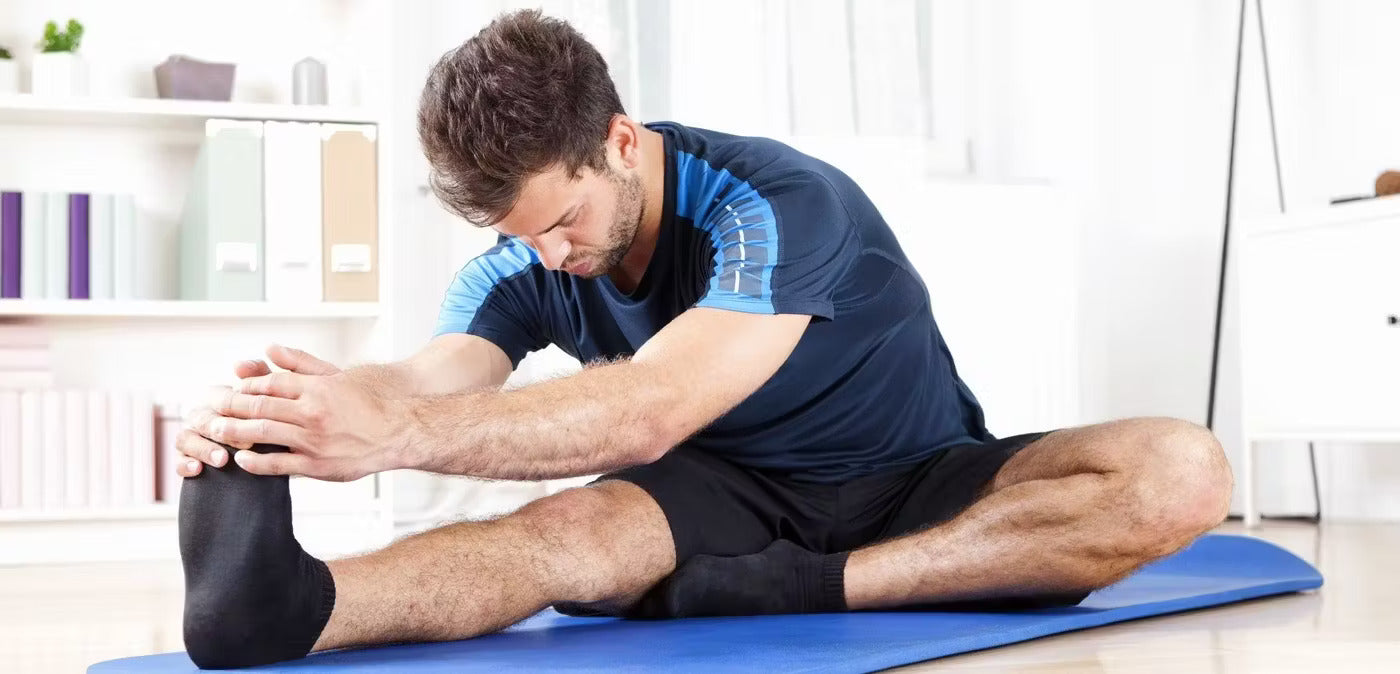Neuropathic pain, characterized by nerve damage or dysfunction, can be a debilitating experience for many. This often-chronic condition can impact daily life, sometimes resulting in a decreased desire or perceived ability to engage in physical activity. However, a growing body of evidence suggests that exercise isn't just possible for those with neuropathic pain—it can actually be a key component of effective management.
Exercise and Nerve Health: A Synergetic Connection
At the cellular level, exercise promotes various beneficial changes. When it comes to nerves, movement helps in the following ways:
- Boosting Blood Flow: Exercise increases circulation, ensuring that nerve cells (and especially their long tendrils known as axons) receive adequate oxygen and nutrients. This improved blood flow can assist in repairing damaged nerves and maintaining the health of unaffected nerves.
- Releasing Endorphins: Physical activity triggers the release of endorphins, the body's natural painkillers. These chemicals can dampen the perception of pain, providing temporary relief from neuropathic discomfort.
- Strengthening Muscles: By fortifying the muscles surrounding affected nerves, the pressure or stress on these nerves can be reduced. This is especially crucial for peripheral neuropathy sufferers, where weak muscles can exacerbate foot or hand discomfort.
- Improving Glucose Metabolism: For diabetic individuals, neuropathy is a common complication. Exercise helps in better glucose regulation, which can slow the progression or even prevent diabetic neuropathy.
Choosing the Right Kind of Exercise
While the benefits are numerous, it's essential to choose exercises that are both safe and effective. Some recommended exercises for those with neuropathic pain include:
- Walking: A low-impact exercise, walking enhances circulation without placing undue stress on the feet and legs. Start with short durations and gradually increase as your comfort allows.
- Swimming or Water Aerobics: The buoyancy of water reduces the impact on joints and muscles, making it an ideal choice for those with neuropathy.
- Tai Chi: This ancient martial art is known for its gentle movements and balance-enhancing poses. Tai Chi can be particularly beneficial for those with peripheral neuropathy who experience balance issues.
- Yoga: With its emphasis on stretching and flexibility, yoga can improve circulation and reduce muscle tightness associated with neuropathic pain.
- Cycling: Whether on a stationary bike or outdoors, cycling is another low-impact exercise that can boost circulation without stressing sensitive areas.
Consult Before You Commence
Before diving into a new exercise routine, it's crucial to consult with healthcare professionals. They can provide guidance tailored to individual needs and limitations, ensuring safety and effectiveness.
In Conclusion
Exercise is not merely about physical strength or endurance—it's a potent tool for holistic well-being. For neuropathy sufferers, embracing the power of movement can translate to improved nerve function, reduced pain, and an enhanced quality of life. So, lace up those sneakers, dive into the pool, or unroll that yoga mat—the path to relief might just lie in the power of movement.





